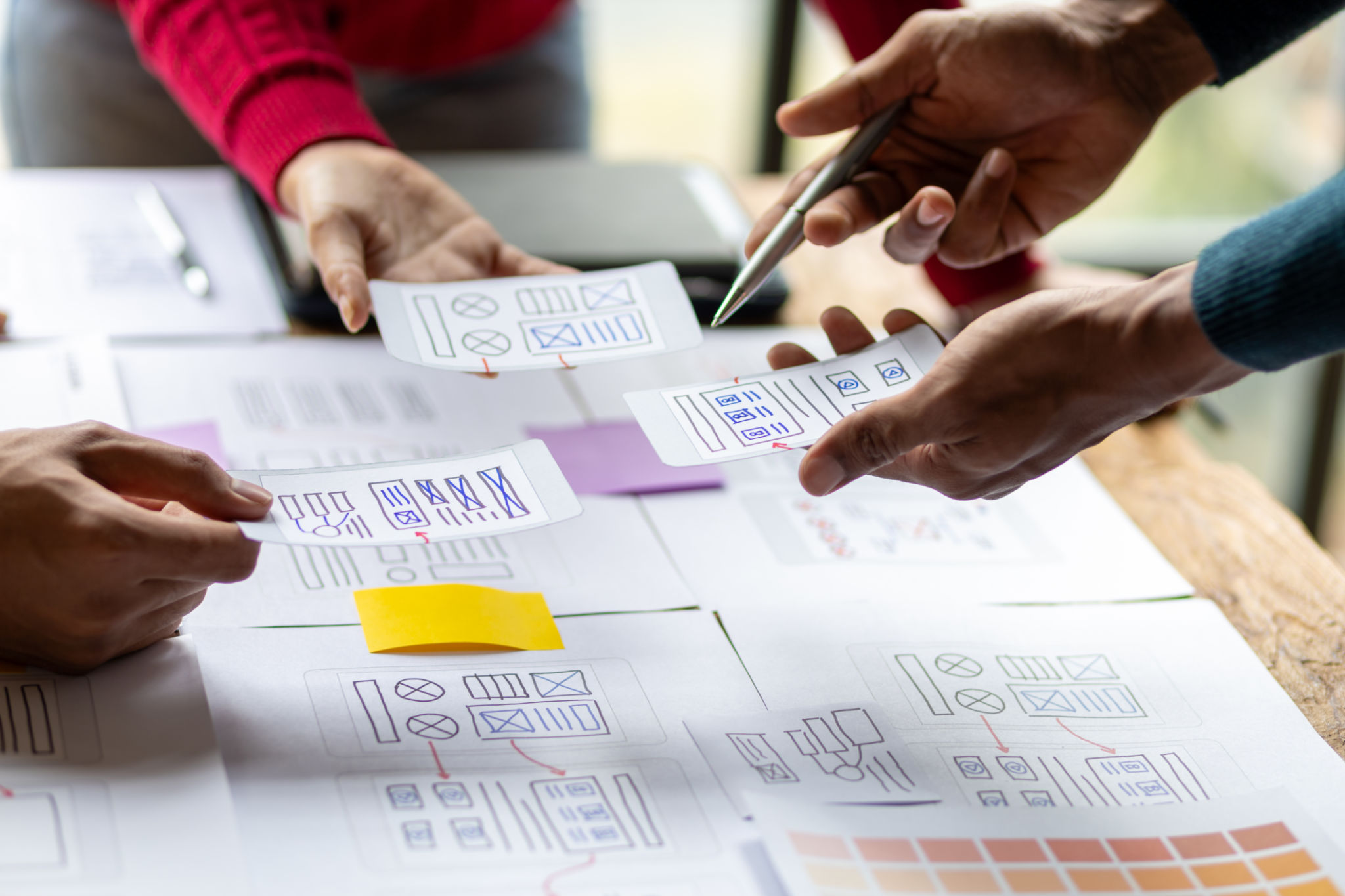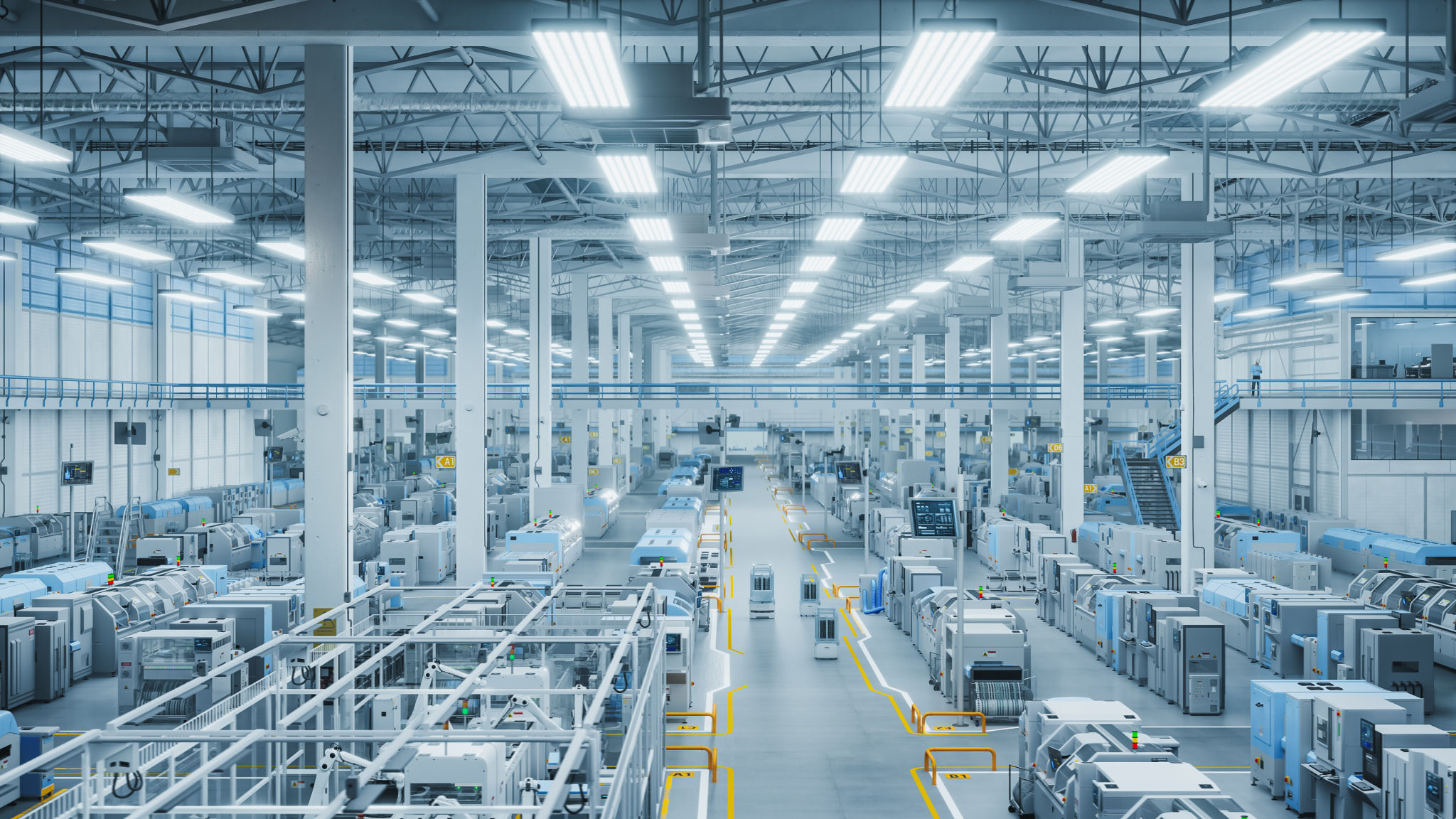Industrial 3D Models: How They Revolutionize Manufacturing Processes
The Rise of Industrial 3D Models
In recent years, industrial 3D models have emerged as a groundbreaking tool in the manufacturing sector. These models are not just digitized versions of physical objects; they represent a significant shift in how products are designed, tested, and produced. By employing advanced software and printing technologies, manufacturers can now create highly precise and customizable models that streamline the entire production process.
Industries ranging from automotive to aerospace have started integrating 3D modeling into their operations. The reasons are manifold: increased efficiency, cost savings, and the ability to innovate rapidly. This technological advancement is reshaping the competitive landscape, allowing companies to stay ahead by reducing the time-to-market for new products.

Enhanced Design Capabilities
One of the primary advantages of using industrial 3D models is the enhanced design capabilities they offer. Traditional design methods often involve multiple iterations, which can be both time-consuming and costly. With 3D modeling, designers can quickly create and modify designs, allowing for rapid prototyping and testing. This agility leads to more innovative solutions and the ability to address potential issues before they reach the production floor.
Moreover, 3D models provide a comprehensive view of the product, enabling designers to visualize complex geometries that might be challenging to understand through 2D drawings. This holistic approach not only improves the design process but also enhances communication among team members, ensuring everyone is on the same page.

Streamlined Production Processes
Beyond the design phase, industrial 3D models play a crucial role in streamlining production processes. By utilizing these models, manufacturers can optimize their workflows and reduce material waste. The precision of 3D printing ensures that components are produced with exact specifications, minimizing errors and rework.
Furthermore, 3D modeling allows for better resource allocation. By simulating production scenarios, manufacturers can identify bottlenecks and adjust their processes accordingly. This flexibility is particularly beneficial in industries with complex supply chains or those that require a high degree of customization.

Cost Efficiency and Sustainability
Cost efficiency is another significant benefit of industrial 3D models. By reducing material waste and optimizing production processes, companies can lower their operational costs. Additionally, the ability to produce prototypes quickly means fewer resources are spent on trial-and-error methods.
Sustainability is also a key consideration in modern manufacturing. The precision of 3D printing reduces excess material usage, contributing to more sustainable practices. As environmental concerns continue to grow, adopting technologies that support sustainability is becoming increasingly important for manufacturers worldwide.
Future Prospects and Innovations
The potential for industrial 3D models is vast, with ongoing innovations promising even greater capabilities. As technology advances, we can expect to see more integration with AI and machine learning, further enhancing the design and production processes. These developments will enable manufacturers to predict trends and optimize designs automatically.
Moreover, the rise of digital twins—virtual replicas of physical assets—will further revolutionize industries by providing real-time insights into product performance and maintenance needs. This integration will not only improve efficiency but also extend the lifecycle of products.

Conclusion
Industrial 3D models are more than just a technological trend; they are a transformative force in manufacturing. By enhancing design capabilities, streamlining production processes, and promoting cost efficiency and sustainability, these models are setting new standards for what is possible in manufacturing.
As we look to the future, it's clear that 3D modeling will play an integral role in shaping the next generation of manufacturing practices. Companies that embrace this technology will be well-positioned to lead their industries into a new era of innovation and efficiency.